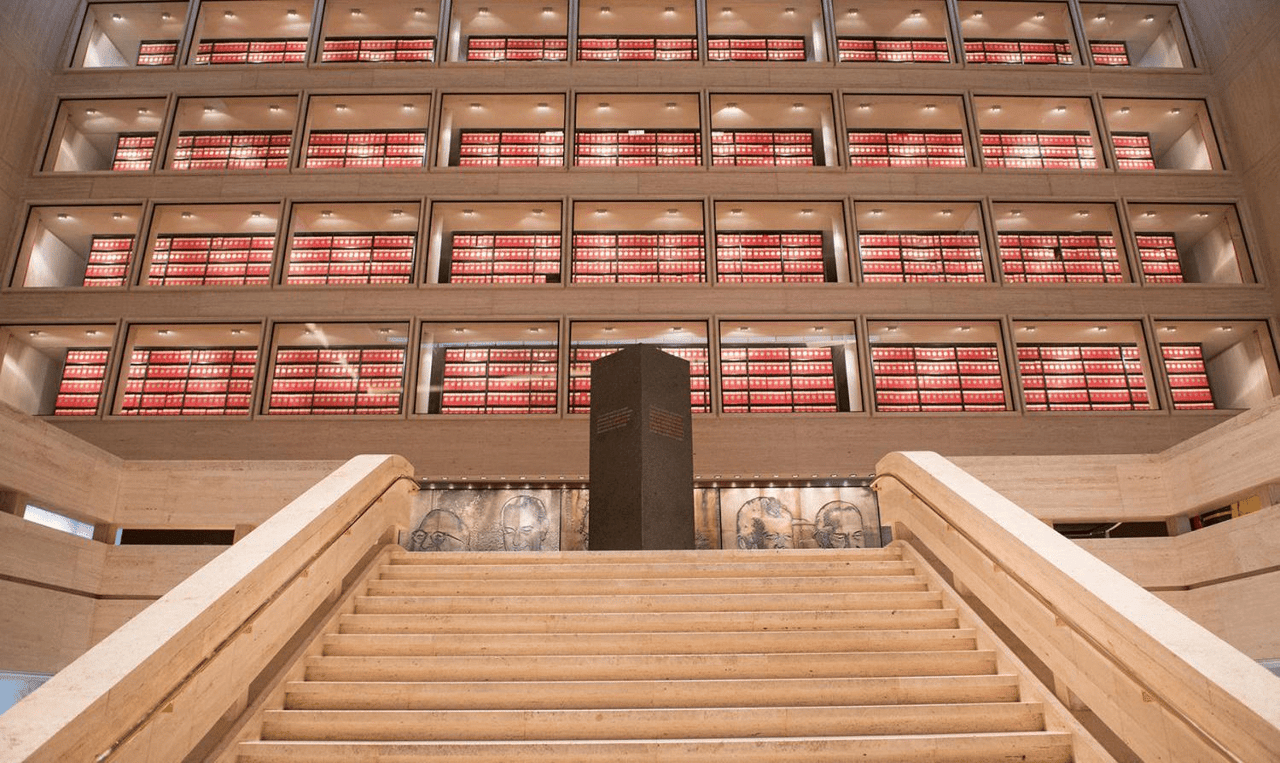Austin, Texas, is known for its vibrant culture, music scene, and diverse culinary offerings. It’s also a city where historic and modern architecture coexist, creating a dynamic and ever-evolving skyline. From the grandeur of the Texas State Capitol to the innovative design of the Seaholm Power Plant Redevelopment, Austin TX architecture reflects the city's growth, creativity, and respect for its history.
Austin’s architecture showcases a range of styles, from iconic 19th-century structures to cutting-edge contemporary buildings. Prospective home buyers may find a parallel in the city’s residential real estate, reflecting the city’s growth and creativity. Below are some of Austin's most notable architectural landmarks, providing insights into the diverse designs and historical significance that make the city an architectural treasure.
Texas Capitol
The Texas Capitol is one of the most prominent examples of Austin architecture, symbolizing Texas' history and government. Completed in 1888, this stunning building is constructed from sunset-red granite, giving it a distinctive color. The Capitol is designed in an Italian Renaissance Revival style, featuring a large dome that rises higher than the U.S. Capitol in Washington, D.C. The grandeur of its exterior is complemented by its intricately detailed interiors, which include marble floors, sweeping staircases, and ornate woodwork. The surrounding Capitol grounds, with their carefully landscaped gardens and monuments, provide a scenic backdrop that enhances the building's architectural beauty.
The UT Tower
The UT Tower at the University of Texas at Austin is a defining landmark of the city's skyline. Built in 1937, this 307-foot tall tower is designed in a Classical Revival style, characterized by its symmetrical structure and clean lines. The Tower is part of the university's Main Building and serves as a symbol of academic excellence and tradition. You can take an elevator ride to the top of the Tower, where an observation deck offers panoramic views of the city and the surrounding Hill Country. The Tower is especially striking when lit at night, often in burnt orange to celebrate university victories or significant events.
The Driskill Hotel
The Driskill Hotel, built in 1886, is one of Austin's most historic and luxurious landmarks, embodying the Romanesque Revival style. Located on Sixth Street, the Driskill Hotel is famous for its historic charm and modern amenities. The stylish centerpiece features a grand limestone facade, rounded arches, and detailed carvings that reflect the opulence of the Gilded Age. The Driskill's interior is equally impressive, with its stained-glass dome, marble floors, and vintage furnishings that transport visitors to another era. The hotel's public spaces, including its iconic bar and restaurant, showcase Texas hospitality and elegance.
The LBJ Presidential Library
The LBJ Presidential Library is a modern architectural landmark that honors President Lyndon B. Johnson's legacy. Opened in 1971 and designed by renowned architect Gordon Bunshaft, the library’s minimalist design features a rectangular, white marble structure that stands in striking contrast to the surrounding greenery. The building's clean lines and open spaces reflect the modernist approach to Austin, TX architecture. The library's Great Hall, with its towering atrium and suspended floors of archives, is a highlight for visitors.
St. Mary Catholic Cathedral
St. Mary’s Cathedral, completed in 1884, is an outstanding example of Gothic Revival architecture. Located in downtown Austin, this Catholic cathedral features pointed arches, flying buttresses, and a stunning bell tower that rises above the city streets. Using native Texas limestone and intricate stained-glass windows adds to the building's architectural appeal, as do interior features like high vaulted ceilings, detailed woodwork, and ornate altar. The cathedral’s historical significance and architectural splendor make it a must-visit for those exploring the architectural heritage of Austin.
The Frost Bank Tower
The Frost Bank Tower, completed in 2004, is a standout example of modern Austin TX architecture. Designed by Duda/Paine Architects, the building is known for its unique faceted crown that resembles an owl, which is particularly striking when illuminated at night. The tower’s glass facade reflects the sky, giving it a dynamic appearance that changes with the light. At 515 feet tall, this sleek skyscraper was the first high-rise in Austin after a 20-year gap, marking the beginning of a new era in the city’s skyline.
The Paramount Theatre
The Paramount Theatre is a historic gem in the heart of downtown Austin, showcasing the Beaux-Arts architectural style. Built in 1915, the theater’s exterior features a decorative brick facade, a grand marquee, and intricate detailing that reflects its early 20th-century origins. The interior is equally magnificent, with ornate plasterwork, velvet seating, and gilded accents that harken back to the golden age of vaudeville and silent films. Today, the Paramount Theatre remains a cultural cornerstone in Austin, hosting various live performances, classic film screenings, and special events.
The Long Center for the Performing Arts
The Long Center for the Performing Arts is a contemporary landmark that exemplifies Austin’s modern architecture. The center features a unique design with a circular terrace that offers panoramic views of downtown Austin and Lady Bird Lake. Inside, the Long Center boasts state-of-the-art performance spaces, including the Michael and Susan Dell Hall and the Debra and Kevin Rollins Studio Theatre. Its use of limestone, steel, and glass creates a harmonious blend of natural and industrial elements.
The Blanton Museum of Art
The Blanton Museum of Art, located on the University of Texas at Austin campus, is a striking example of modern Austin TX architecture. Designed by Kallmann McKinnell & Wood Architects and opened in 2006, the museum features a minimalist design with clean lines, a distinctive blue tile roof, and a bright, welcoming facade. The building’s design focuses on natural light and open spaces, providing an ideal environment for displaying art. The Blanton Museum houses an extensive collection of European, Latin American, and contemporary art, making it one of the largest university art museums in the United States.
Texas State Cemetery
Texas State Cemetery, established in 1851, is a significant historical site and a beautiful example of landscape architecture. The cemetery is the final resting place of notable Texans, including governors, legislators, and soldiers. Its carefully planned layout, with winding pathways, manicured gardens, and memorial monuments, provides a serene environment that honors Texas history. Visitors can explore the grounds and learn about the lives and legacies of those who helped shape Texas. It remains a poignant and peaceful landmark within the city.
About The Agency Austin
When it comes to finding the perfect home or investment, The Agency Austin stands out as a leader in the real estate industry. Known for redefining the traditional brokerage model, The Agency takes a collaborative, innovative approach to real estate, ensuring every client feels the difference. As a part of a global team, The Agency’s agents are more than just local experts; they bring a wealth of international resources and knowledge to give you a competitive edge.
When you choose to work with The Agency Austin, you are not just getting an agent — you are gaining access to the collective power of a worldwide network. Whether you are buying, selling, leasing, or investing, our agents are equipped with cutting-edge technology, creative marketing strategies, and a deep understanding of the market to guide you through every step.
Connect with The Agency Austin today and discover how we can help you achieve your real estate goals with style, sophistication, and the utmost professionalism.
When you choose to work with The Agency Austin, you are not just getting an agent — you are gaining access to the collective power of a worldwide network. Whether you are buying, selling, leasing, or investing, our agents are equipped with cutting-edge technology, creative marketing strategies, and a deep understanding of the market to guide you through every step.
Connect with The Agency Austin today and discover how we can help you achieve your real estate goals with style, sophistication, and the utmost professionalism.




